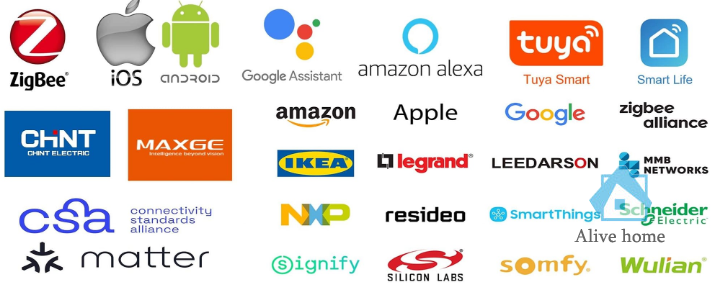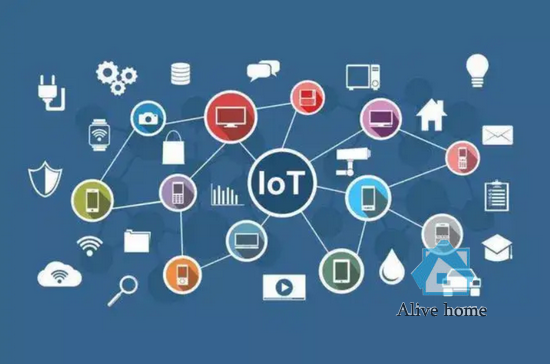One-to-Ethernet Commitment
For low-speed, low-power building automation system (BAS) devices such as controllers, actuators, meters, and sensors, the SPE supports data transmission speeds up to 10 megabits per second and provides up to 7 watts of power wiring over a single twisted pair At least 1,000 meters. Importantly, it provides the BAS with the operational advantages of Ethernet and reduces embodied carbon with just one pair of copper wires. SPE cabling, chipsets, and testers are available, but the active devices and end equipment required to deploy a functional system are still in the initial development stages.

Bob Voss, chairman of the SPE subcommittee of the Ethernet Consortium and a distinguished engineer at cabling and connectivity manufacturer Panduit, said that doesn’t mean smart building technology designers need to wait. “Tests have shown that traditional fieldbus cabling is not equipped to adequately support Ethernet geometries, but we found that SPE cabling supports legacy protocols very well," he said. "This enables new smart buildings to now deploy SPE cabling to migrate to Ethernet while maintaining backward compatibility with existing systems." Manufacturers of and BAS platforms are now accelerating their roadmaps for smart commercial building SPE product development.
BAS devices and controllers capable of accommodating SPE ports will begin hitting the market next year, although supply chain constraints have slowed progress. "Instead of talking about the promise of SPE in vague and conceptual terms, we are now working on practical applications," Franc said. “I expect a lot of new product launches in 2023—not just cables and connectors, but switches, sensors, etc.”
"Instead of talking about the promise of SPE in vague and conceptual terms now, we're working on real-world applications."
In the meantime, designers need to exercise caution due to established BAS design conventions and protocols. “We needed the BAS manufacturer to approve the SPE cabling for their warranty system before we could recommend installing it,” Davis said. “SPE cabling can be implemented on a case-by-case basis, but only after designers have done their due diligence. While BAS manufacturers want to move to Ethernet for increased security, uniformity, and customer The number of devices is huge, and their roadmap is very complex.” She expects large end users with building and industrial automation and a vested interest in SPE will help attract more BAS manufacturers to the market.
new power supply
Debuting at the 2023 NEC as Section 726 Category 4 fault-managed power, or digital power, is another technology that will impact smart building wiring infrastructure. Unlike Class 2 DC power which cannot exceed 60 volts and is limited to 100 watts (100 meters when provided as PoE), Class 4 DC can go up to 450 volts. At these higher voltages, Class 4 can deliver more power over greater distances with less copper—and with less contained and running carbon. For example, using a single pair of 16 AWG cables, Panduit's Fault Management Power System can deliver over 200 watts of Class 4 power to 2,000 meters, compared to just 14 Watts of Class 2 power. Level 4 also improves safety by intelligently limiting the energy that can go into a fault, reducing the risk of electric shock or fire.
The entry of Class 4 power supplies into the NEC will drive demand and innovation, leading to the development of devices that can accept DC power. Meanwhile, several vendor-specific Category 4 systems, including transmitters, receivers and UL-certified Category 4 cables, are available now, with more systems expected to follow next year.
“While large chillers and other power-hungry machinery will continue to require higher [AC] supply voltages, Class 4 fault-managed power supplies will rapidly change power architectures in commercial buildings,” Voss said. “And it won’t be PoE or fault-managed power; instead, they will co-exist. To plan for the future, smart building cabling designers can specify a zone-type architecture in which fault-managed power is delivered to receivers, receiving Converter converts it to Class 2 power, such as PoE, to power end devices.”
“To plan for the future, smart building cabling designers can specify a zone-type architecture in which fault-managed power is delivered to receivers, which convert it to Class 2 power, such as PoE, to power end devices. "

Class 2 or 4 power can also be carried over copper conductors in hybrid copper fiber cables, which have fiber bundles for high-bandwidth, long-distance data transmission. These cables are addressed in the 862-C, which can eliminate the need to deploy and manage telecommunications rooms to connect and power smart devices in large and remote locations, such as warehouses, car parks and outdoor spaces. Hybrid copper cables also eliminate the need for multiple Cat 6A cables; according to cabling standards such as 862-C, the latest Wi-Fi 6/6E requires two Cat 6A cables to support if copper is the specified medium in the installation bandwidth requirements.
Emerging Wi-Fi 7 is expected to support up to 30 Gbps for augmented reality, video streaming and expanded IoT applications, so more bandwidth will be required. Deploying more Cat 6A cables per access point is not sustainable, Davis said: "Future Wi-Fi 7 access points will be connected via hybrid copper fiber optic cables to support the sustainable security, densification and faster deployment.”an ubiquitous problem
While industry standards and specifications facilitate new ways to connect and power smart building equipment, they can sometimes preempt the market availability of equipment and installations. "It's frustrating that you can see tantalizing technology, and even be a possible communicator of it, but it often seems out of reach," Franc said. “Right now, the best advice we can make is to deploy available standards-based copper and fiber optic cables based on the technologies deployed today and likely to be deployed in a reasonable time. But don’t be afraid to use SPE, hybrid copper fiber cables or new Newer innovations for Class 4 power supplies."
Every project and owner has a different risk tolerance. Davis advises all parties to stay informed about upcoming technologies and program applications. "While standards and specifications are addressing SPE and Class 4 power supplies, it's still early days," she said. "But over the next few years, we'll see major changes in smart building wiring infrastructure as solutions become more readily available. So if it's not this project, it's likely to be next."
Contact: May liu
Phone: 18320066406
E-mail: may@cnhousehold.cn
Whatsapp:0086-18320066406
Add: Third Floor ,521th Tianyuan Road, Yuangang Street ,Tianhe District ,Guangzhou,Guangdong ,China
We chat
